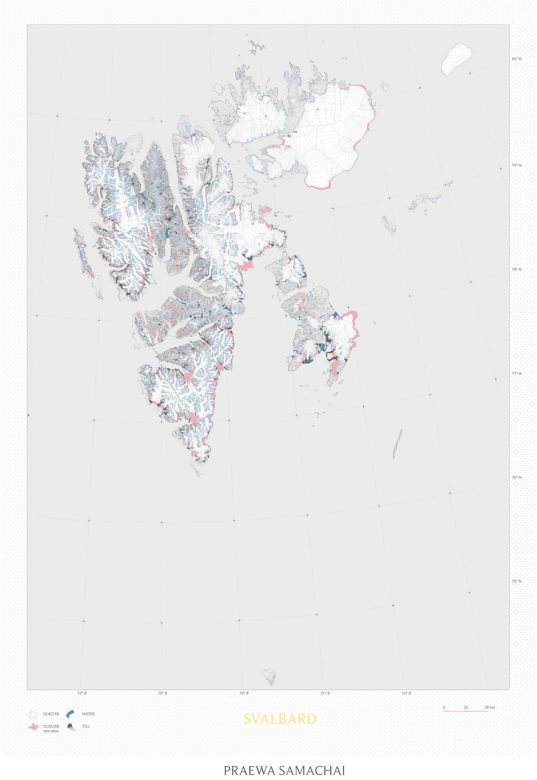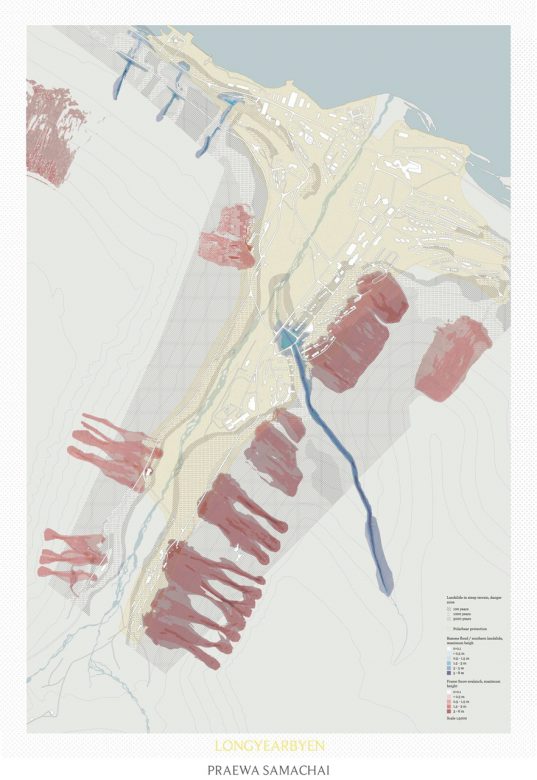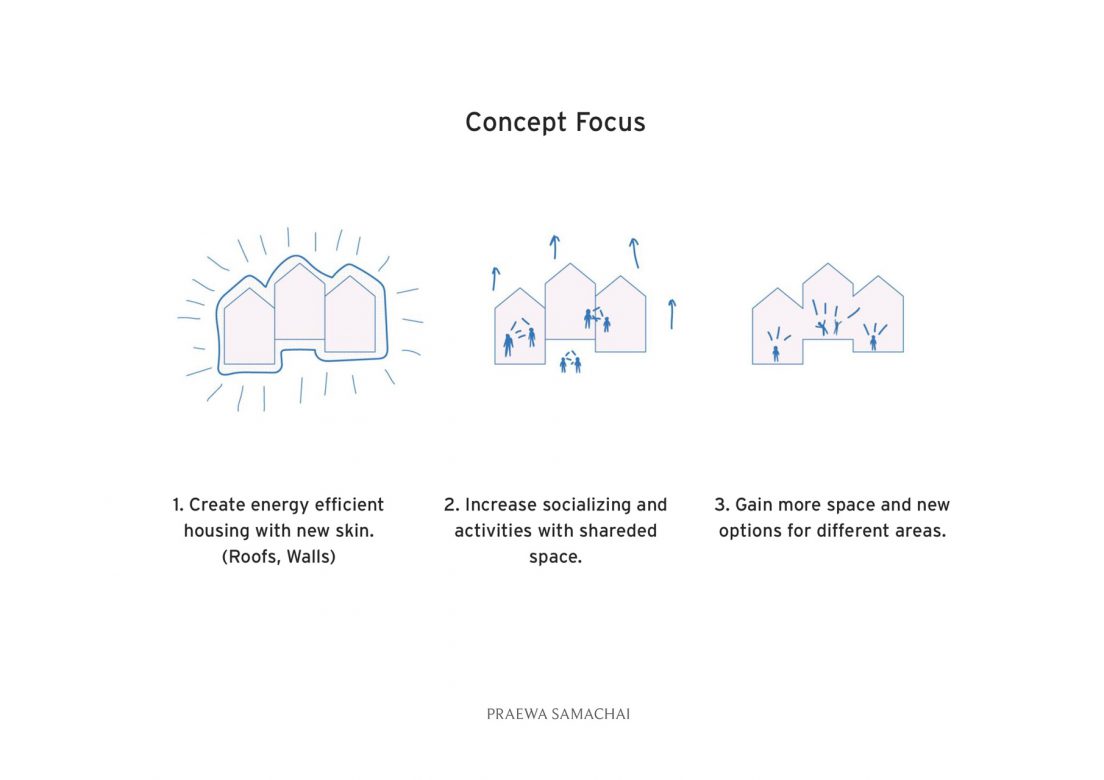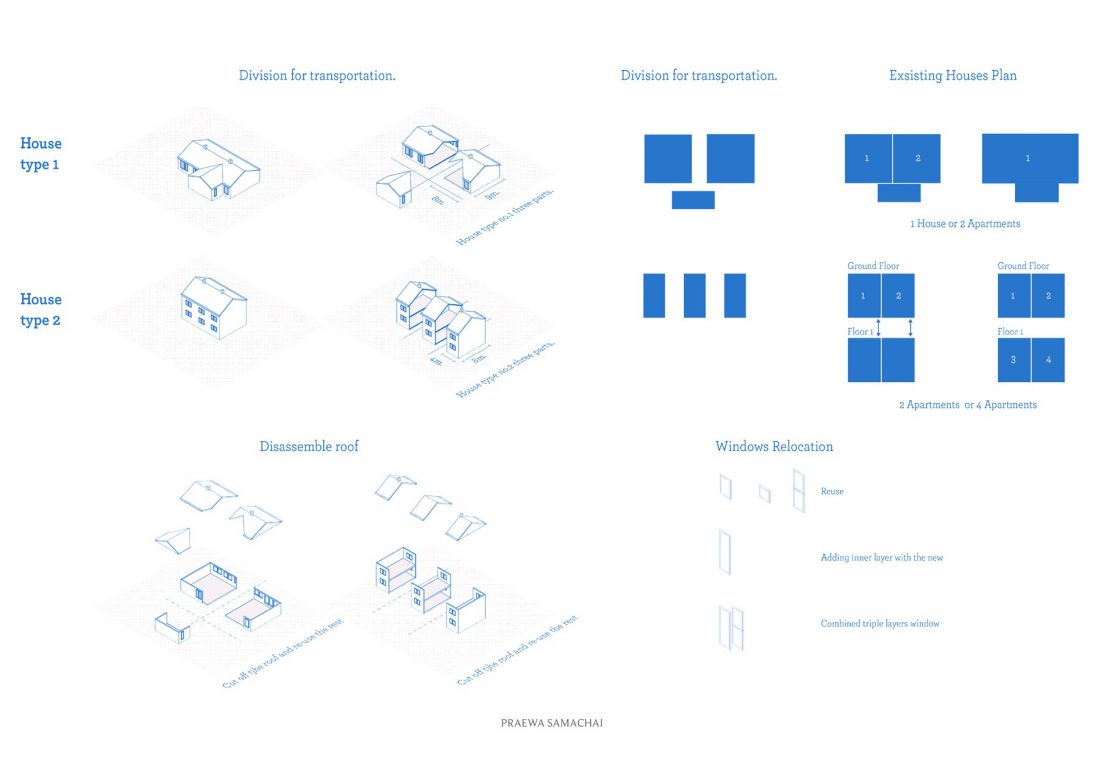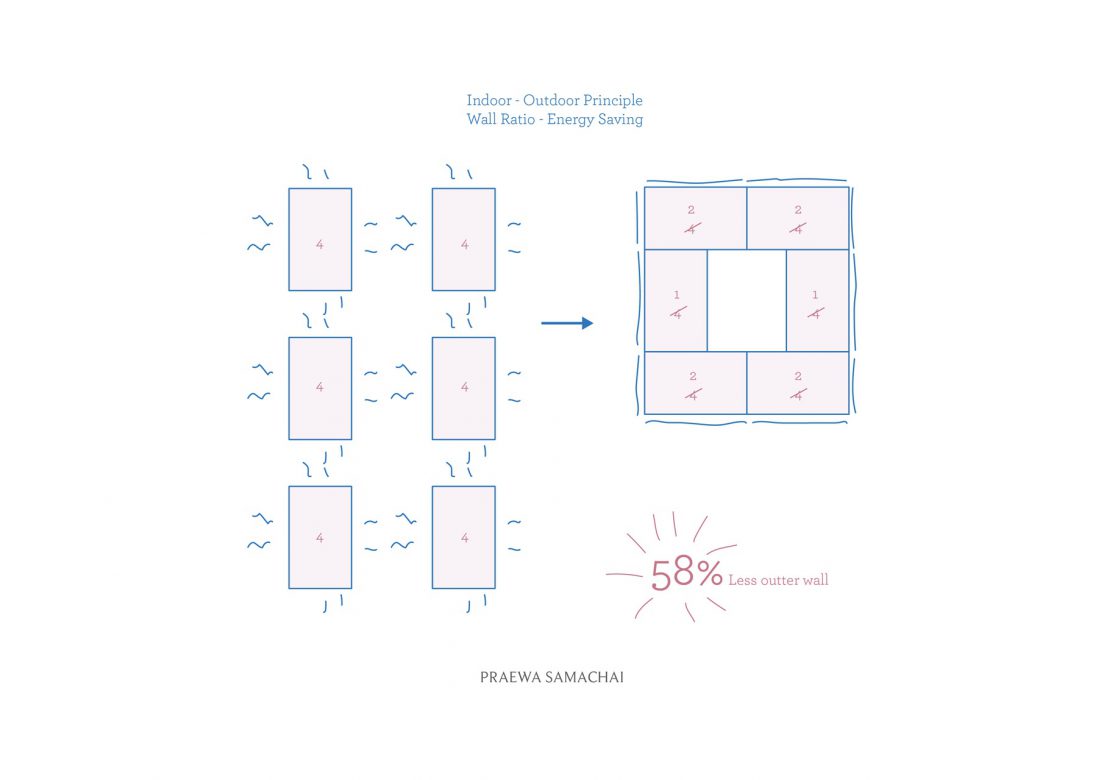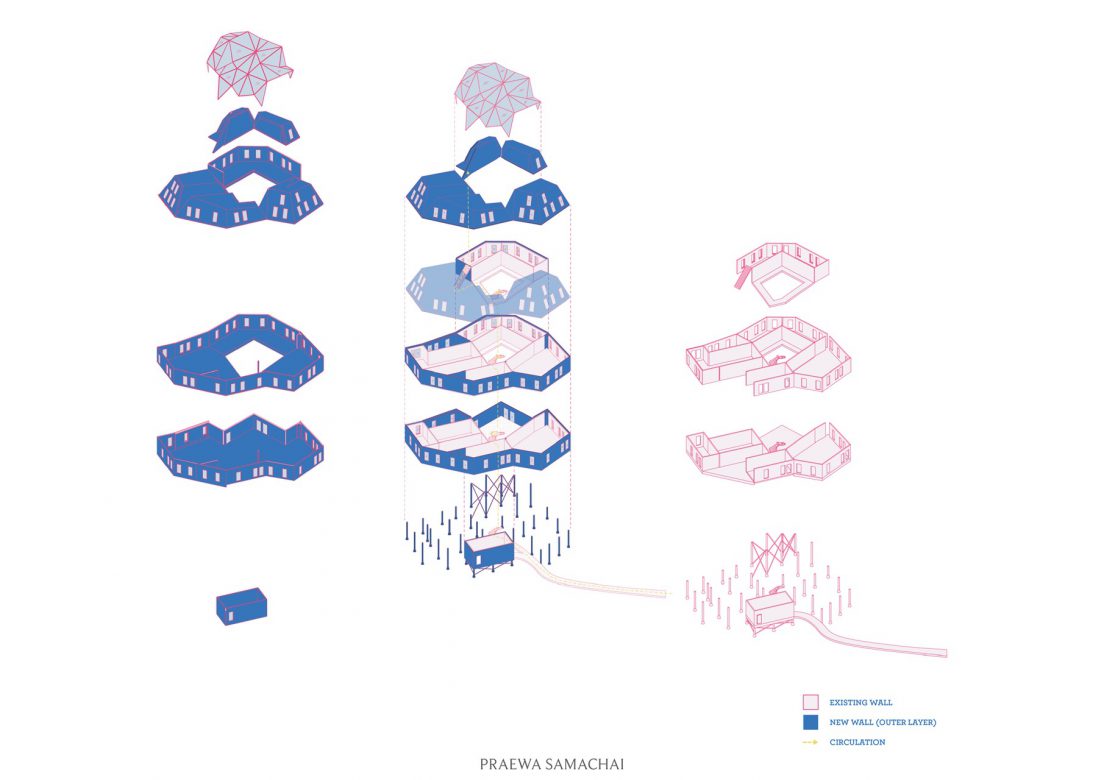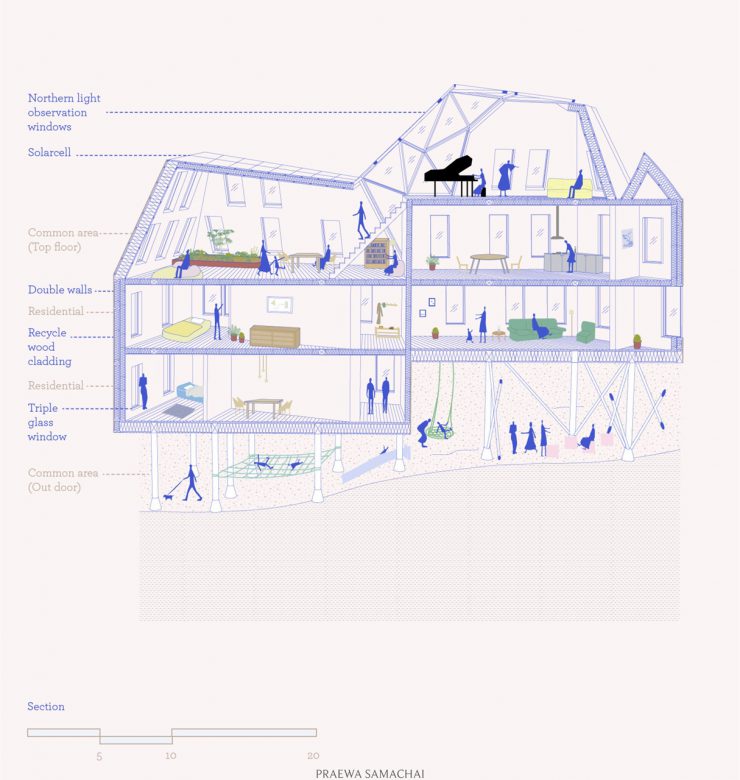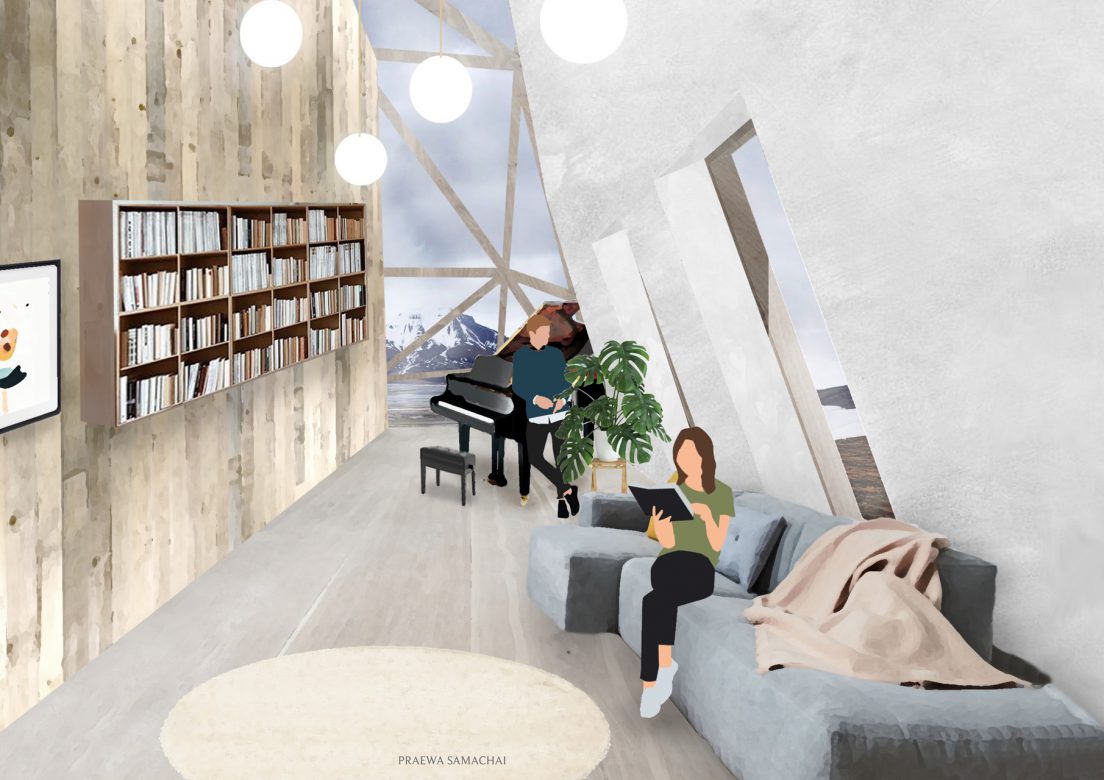
The sustainable future of the Svalbard housing aims at both building processes and improving part of existing city planning. The new planning proposal will introduce a new building typology to the town. Where existing houses under landslide threat are relocated to safe sites and reassembled in a new collective arrangement, which responds more specifically to climate, site and views as well as creating social space for different seasons. This typology will encourage residents to shift their habits to become more sustainable as a collective act. Moreover, the project seeks a specific architectural expression for Svalbard, which responds to a new social and environmental consciousness; existing housing units are relocated, reused and reshaped into mixed multi-units while gaining additional area and greater stability, thermal comfort and options for mediating spaces to the outdoors. Adjustment of the protective roof and exterior wall elements shelter the inhabitants and open up new spaces of interaction with each other and with their environment.

